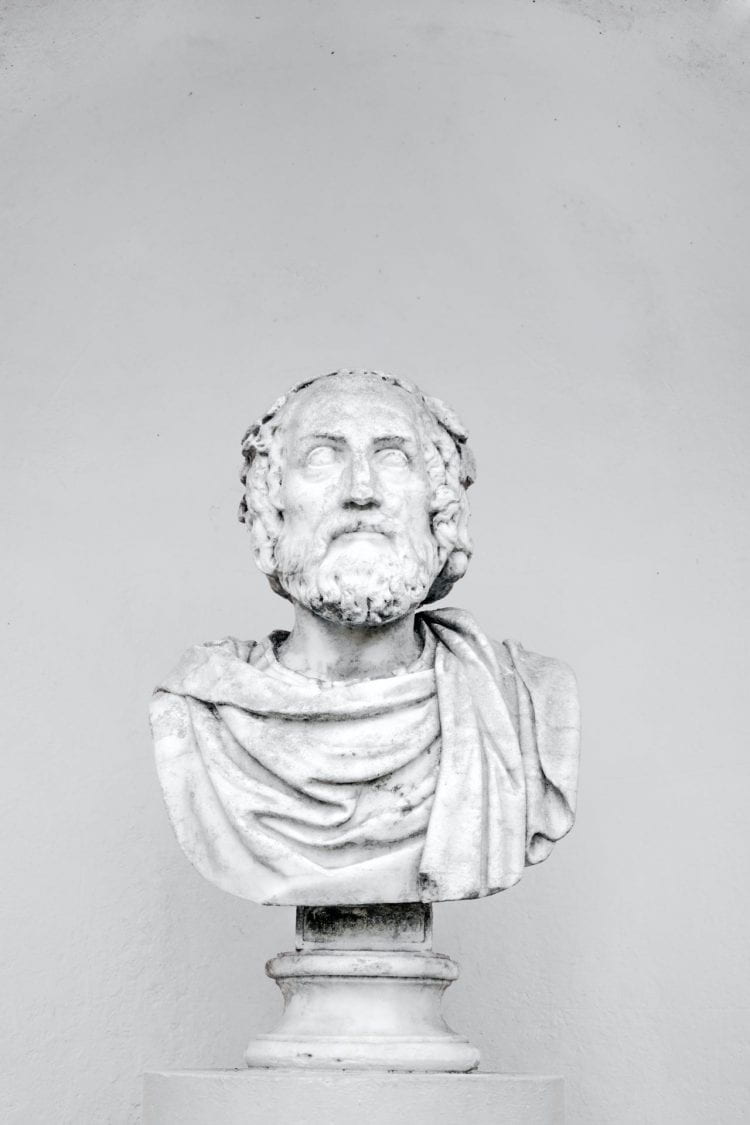Could there be a better time for students to understand the importance of evaluating the sources where they get information? Not only a common core standard but a valued life skill. One creative hook is to introduce students to an article from “”America’s Finest News Source,” the Onion. Any satirical source for that matter would work just fine. One of our favorite articles is titled, “Historians Admit to Inventing Ancient Greeks.” It was especially near and dear when Percy Jackson books were all the rage. A teacher might think a students’ precursory examination of the ads on the page, or even the “shop” button at the top, would be a dead give-away. But they aren’t!
“Sorry Alexis, being from Greece, I’m sure this is kind of a bummer to find out,” I consoled one seventh grade student this year.
“Ah, it’s okay. I’ve always kind of thought Greek history didn’t seem real.”
Even greater credence giving to the value of learning to evaluate sources.
5 W’s Introduced
Thankfully questions inevitable do however always surface. In response we take the Onion through the 5 W’s of Website Evaluation. The following table was built on a Britannica breakdown.
| WHO | Who wrote the pages and are they an expert? Is a biography of the author included? How can I find out more about the author? |
| WHAT | What does the author say is the purpose of the site? What else might the author have in mind for the site? What makes the site easy to use? What information is included and does this information differ from other sites? |
| WHEN | When was the site created? When was the site last updated? |
| WHERE | Where does the information come from? Where can I look to find out more about the sponsor of the site? |
| WHY | Why is this information useful for my purpose? Why should I use this information? Why is this page better than another? |
Research, Note Taking and Evaluation
After students designed their own research questions and received feedback, peer to peer and teacher, time is provided to research. Paraphrasing is practiced in note taking form and sources cited. Then, students are tasked with identifying any one source they used and putting it through the 5 W’s to determine if ultimately they should trust where their information came from.
For the Love of It
I would like to say there was intention in how the lessons culminated but it seemed to happen more organically. Careful not to come off as the boasting type, I wanted to review what was learned and what better way to make this memorable than to look at a professionally published piece by their teacher? One, where at the top the author was listed as “Guest Author.”
“Sus!” students were quick to blurt, meaning suspicious.
As I scrolled down I asked volunteers to share their observations. They were quick to note how images were credited, the article was recently published, and several active links to find out more were included. The links to reputable sources like the New York Times and Harvard. Then, at the bottom they saw my name and possibly even more surprising to students, was the invitation to click on my Twitter handle.
I didn’t anticipate any further questions but may have guessed someone might ask, “How did you get your work published?” Or, “How long does it take you to write an article like that.”
Instead, the only question was an expected one.
“How much do you get paid to write those articles?”
Remembering back to more than two decades ago and my Masters work, the teachable moment seemed to scream in my ear.
“Get paid?” I quizzically asked. Honestly disbelieving in a sort of way,
As if artistry and joy are any less meritable than money. Base but also aligned with the experience of many students. The “is this on the test” mentality perverting the wonder and excitement of learning.
“I don’t receive any compensation in the form of money. Instead, I write because I love it,” I imparted. Finishing with such a message seemed like the perfect closure. To share out of generosity but also in gratitude for the one reader to whom my words might resonate.
#####################

